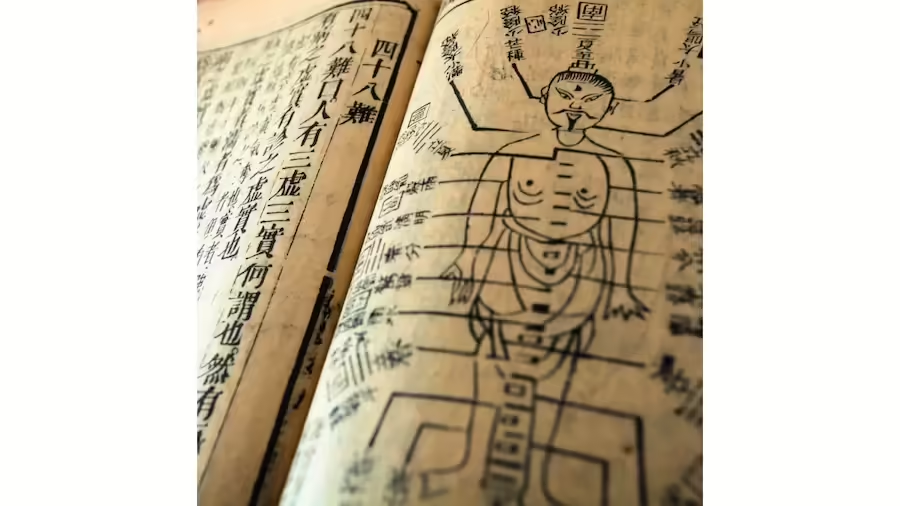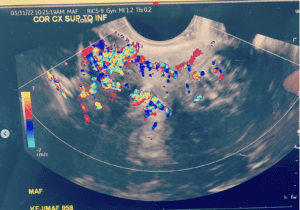
Julie’s TCM + Fibroid Experience
I experimented with Chinese herbs for my fibroids, specifically Guizhi Fuling Wan. After using this formula for just a few months, my fibroid size reduced. (Note from Libby: “An important thing to note here, is that this particular formula was good for Julie’s case of fibroids. In traditional Chinese herbal medicine, there are a number of different formulas that could be used for fibroids based on each woman’s individual pathology.”)
I also did weekly acupuncture for 3 months. Doing this resolved most of my symptoms and my periods were not as heavy. I lost weight and felt less fatigued.
My acupuncturist said Chinese Medicine is most effective for fibroids under 5cm (size of a lemon). Because my largest fibroid was 15 centimeters, I needed surgery. Had I known about the efficacy of Traditional Chinese Medicine (TCM) years prior, I could have avoided surgery. Traditional Chinese Medicine is proven to reduce and even eradicate fibroids, and it helps with the underlying hormonal balance. Unlike Western medicine, it is designed to solve the imbalance long-term, rather than mask the symptoms.
Let’s have my cousin, Elisabeth (Libby) Horesh take over to explain the details.





Have You Used Traditional Chinese Medicine To Treat Fibroids, or Other Women’s Health Concerns?
Let us know in the comments!

